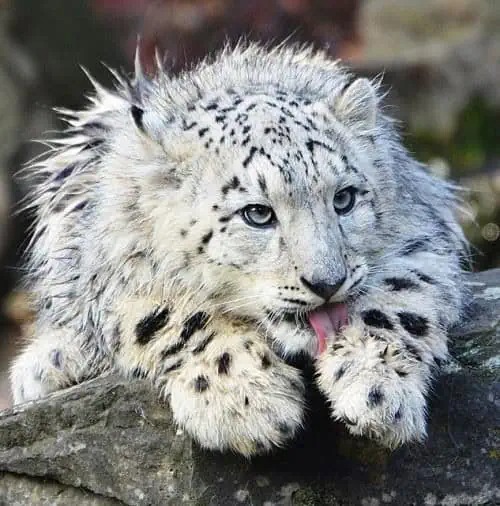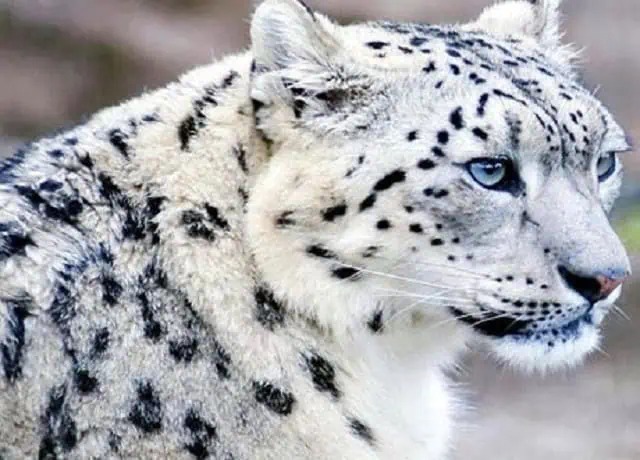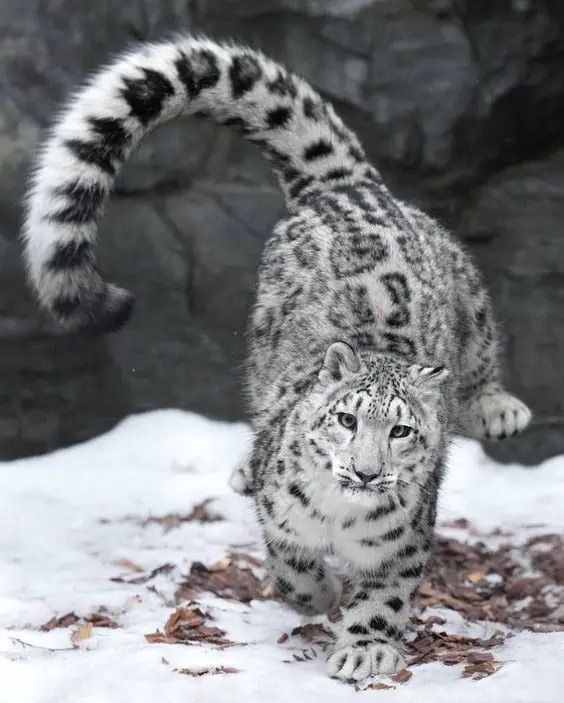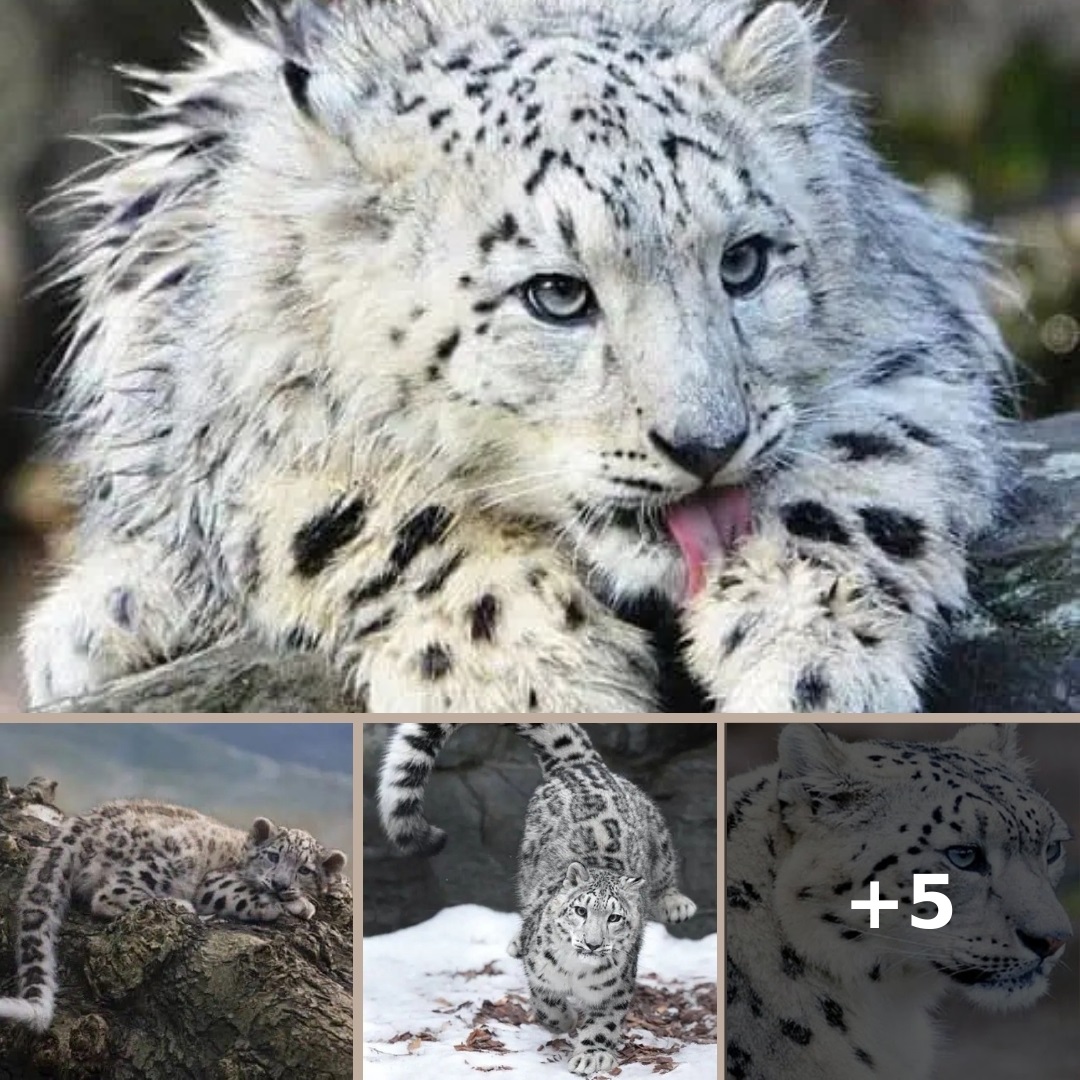The snow leopard, known for its secretive nature, is one of the least understood big cats in the world. Despite its name, this solitary feline shares a closer ancestry with tigers.

Evolutionary divergence separated the tiger and snow leopard about two million years ago into distinct species.
Snow leopards inhabit the high-altitude regions of the Himalayas, the Tibetan plateau, and Central Asia. In the summer, they are found at elevations ranging from 3,350 to 6,700 meters, often spotted by mountaineers.

When winter sets in, they migrate to lower altitudes, between 1,200 and 2,000 meters, seeking food and shelter.
This change in altitude and the remote territories they occupy make them a challenging species to study.

These big cats live alone, except during mating season, and are primarily active at dawn and dusk. Their territories can be vast, varying between 12 and 40 square kilometers, depending on the terrain. They often follow familiar routes to find food and can travel up to 40 km in a single night.
Their agility and strength are impressive, with the ability to jump 15 meters—outdistancing even lions, which typically leap around 12 meters.

Unfortunately, the global snow leopard population is declining. In 1994, estimates placed their numbers between 4,000 and 6,500. Today, experts believe that fewer than 2,000 to 3,000 remain in the wild.
The International Union for Conservation of Nature (IUCN) classifies the snow leopard as a protected species, with conservation efforts focusing on international trade and wildlife protection.

Snow leopards can be observed in certain zoos and wildlife parks despite their elusive nature. Around 600 individuals are kept in captivity, with European zoos housing some in cities like Gdańsk, Cracow, Łódź, Opole, Płock, Poznań, and Warsaw.
These facilities play a crucial role in educating the public about snow leopard conservation and ensuring the survival of this magnificent species.

